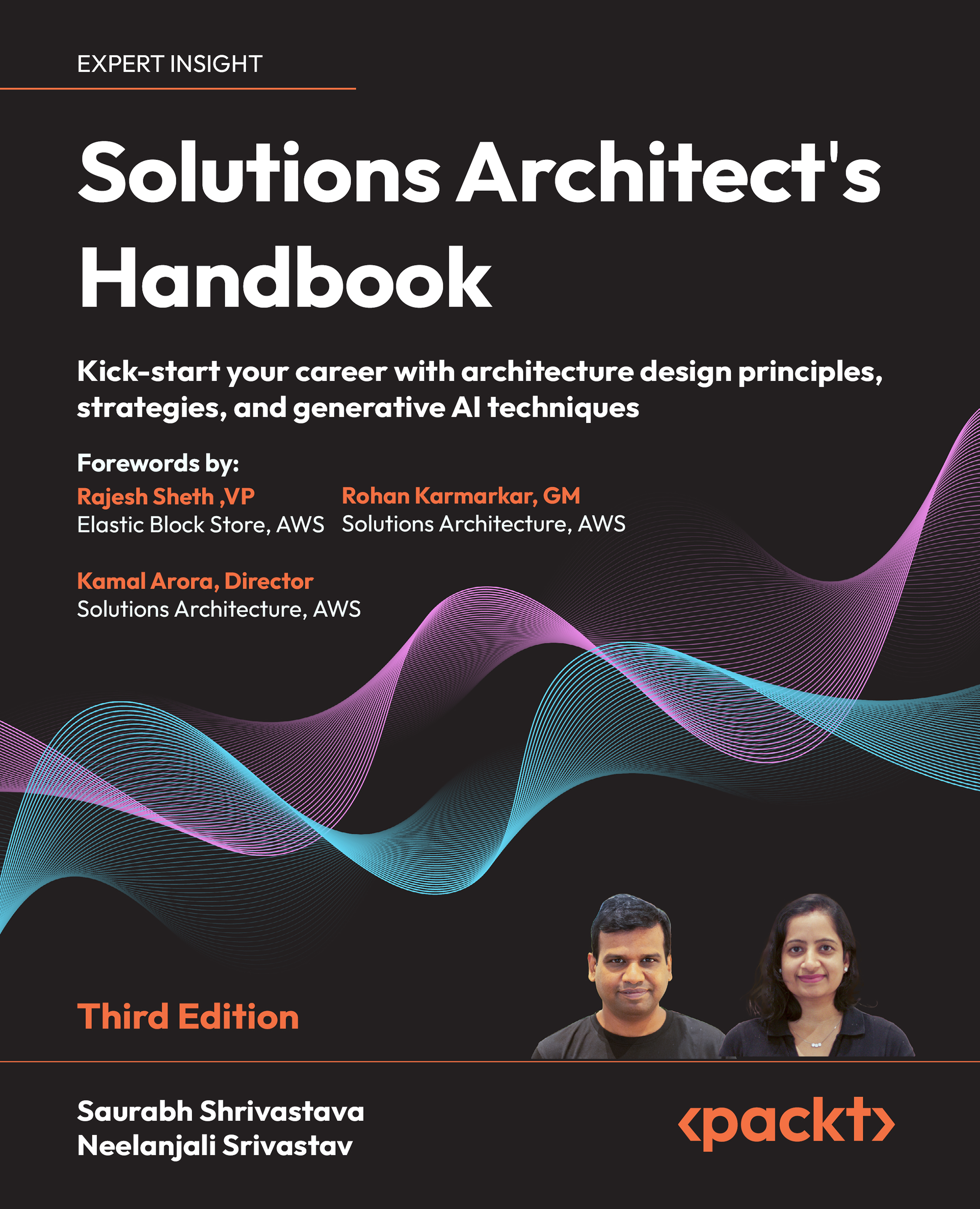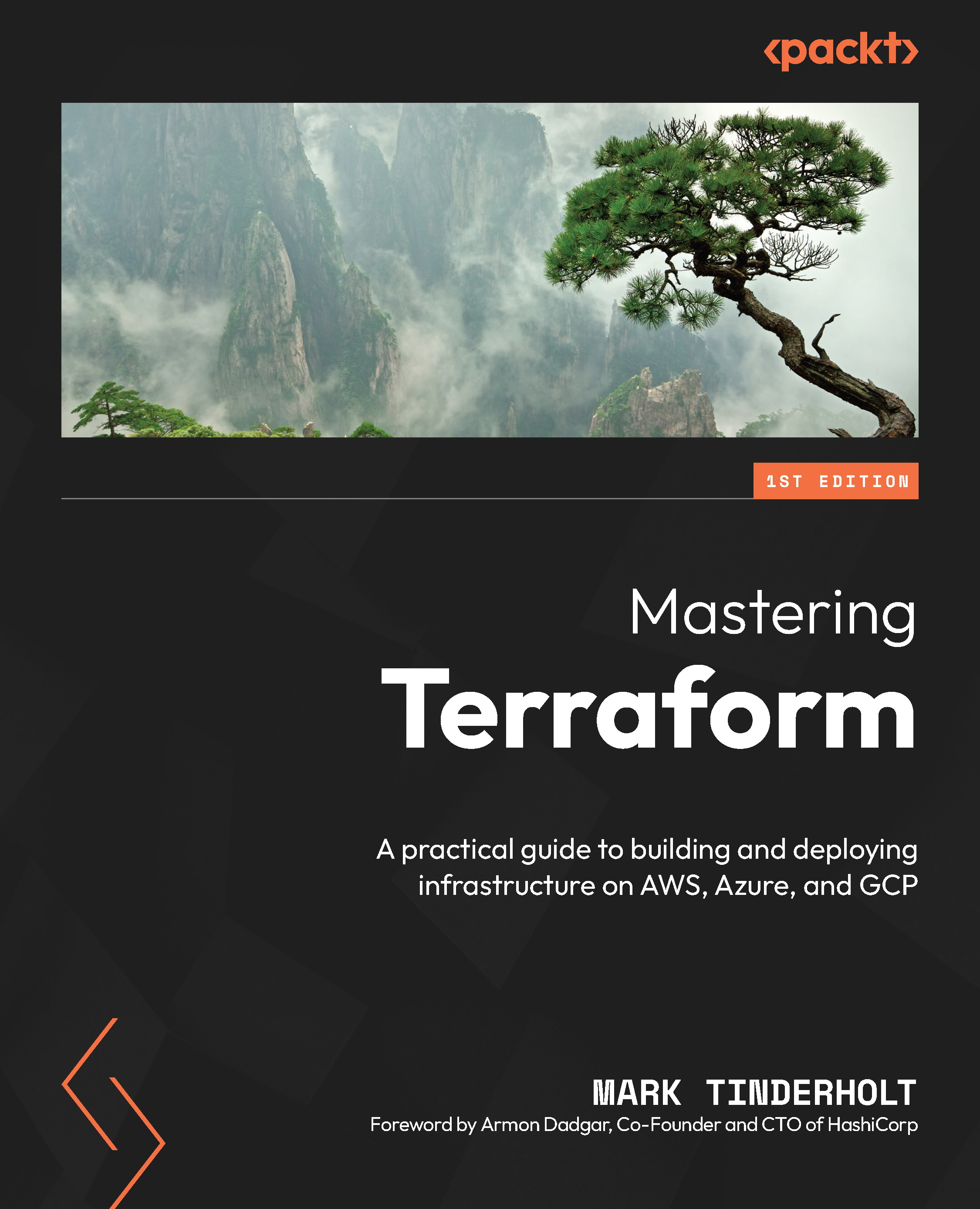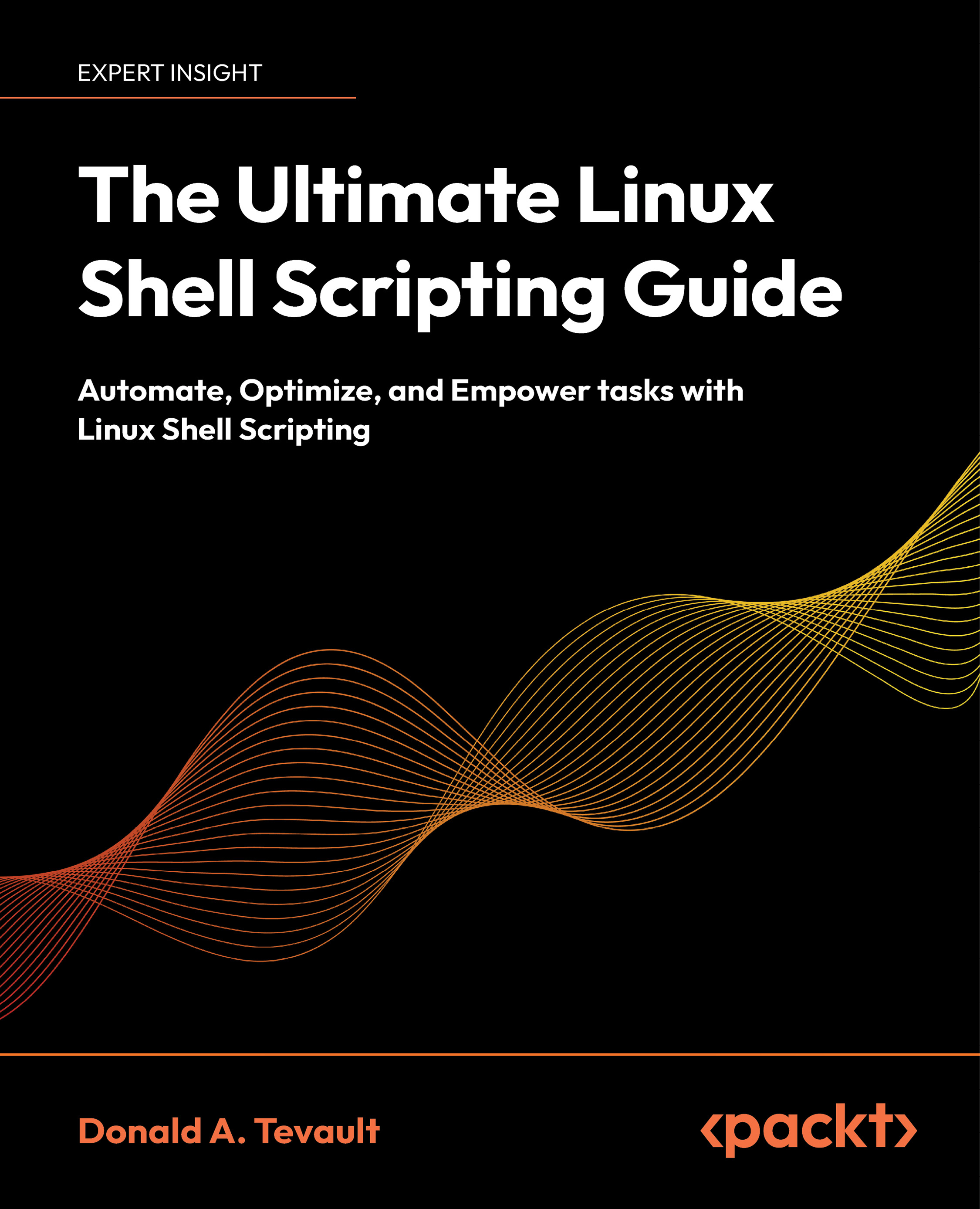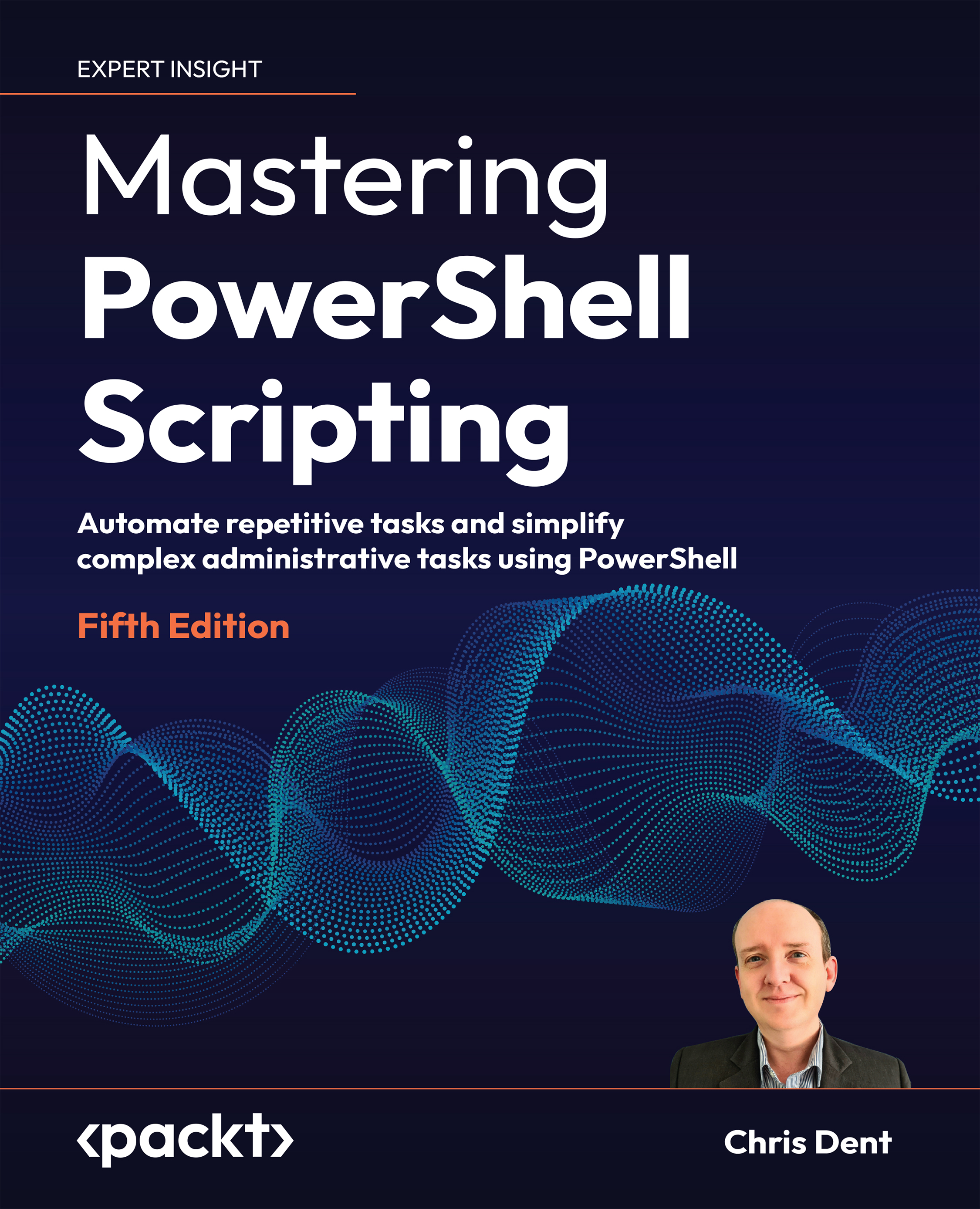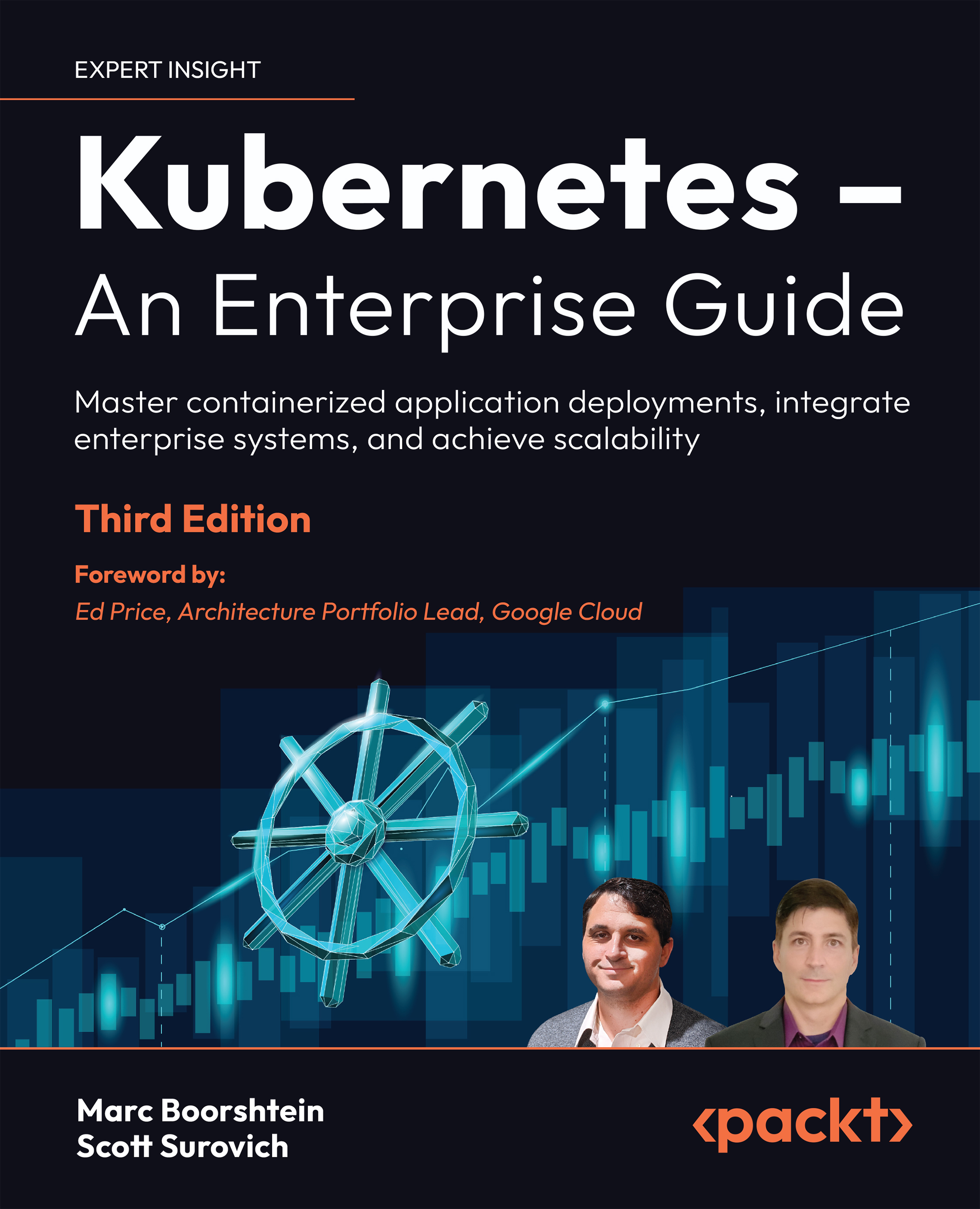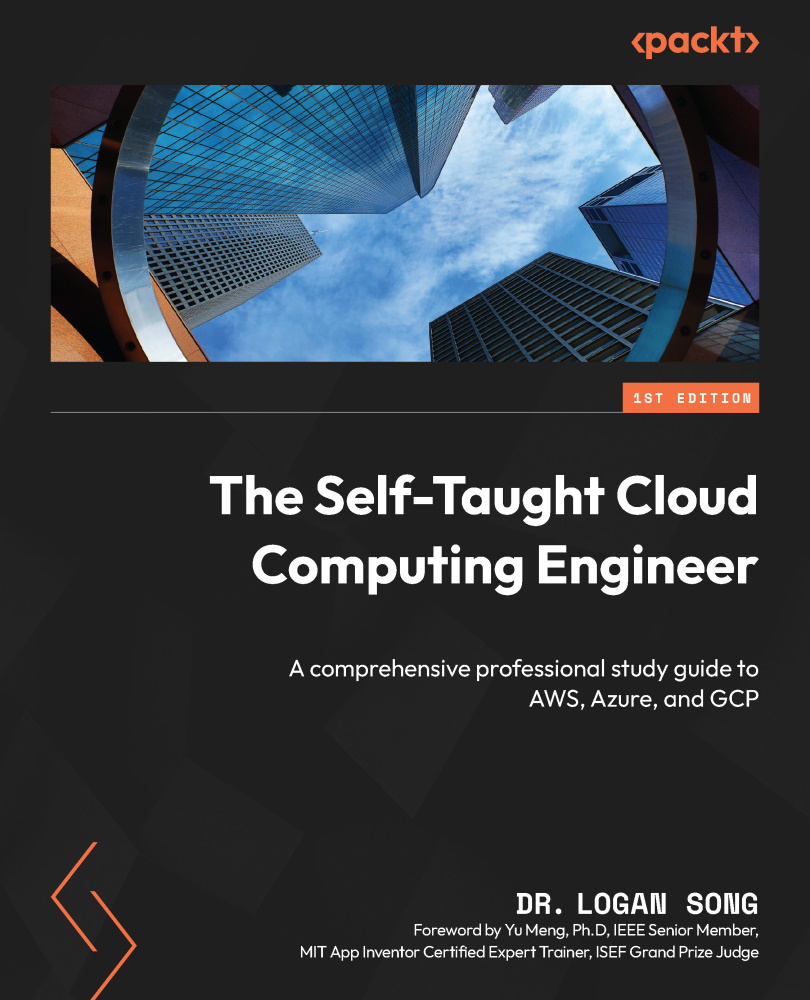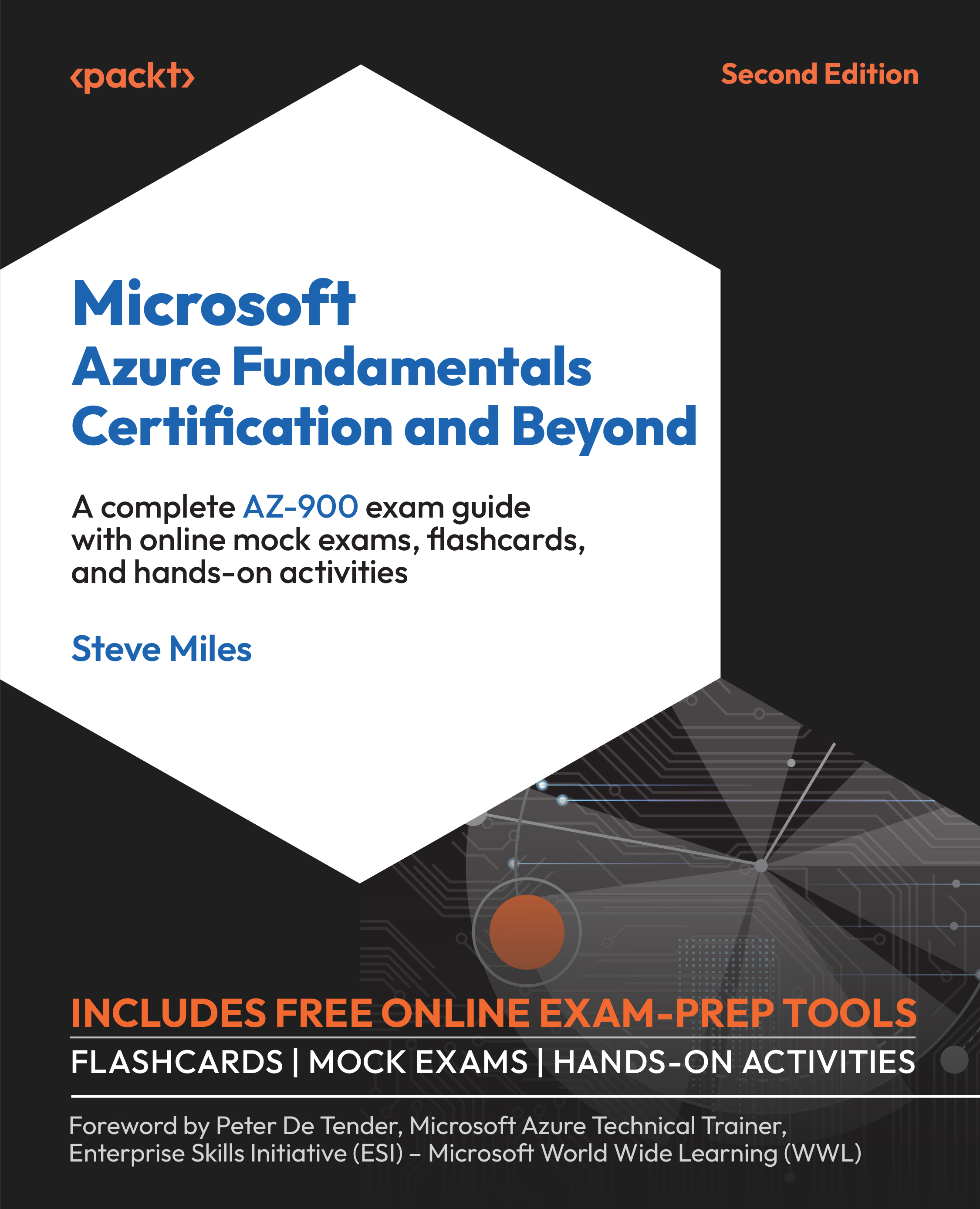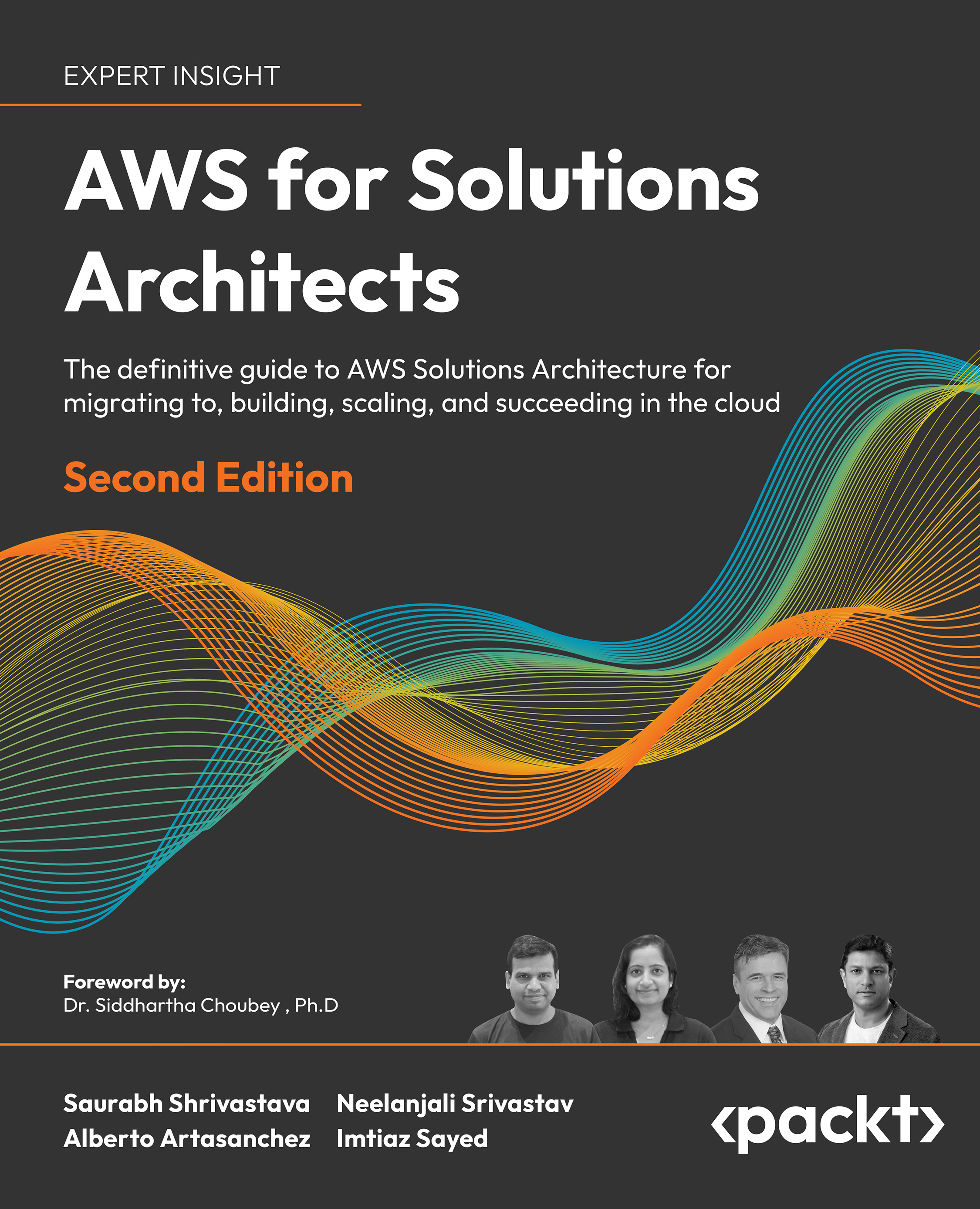€18.99
per month
Paperback
Sep 2017
272 pages
2nd Edition
-
- Create flexible and maintainable deployments using DSC configuration scripts that stand the test of time.
-
- Explore the core architecture, concepts, and practices in depth.
-
- Learning PowerShell DSC is a step-by-step guide that shows you how to start using and taking advantage of PowerShell DSC along with configuring and deploying applications.
The main goal of this book is to teach you to configure, deploy, and manage your system using the new features of PowerShell v5/v6 DSC.
This book begins with the basics of PowerShell Desired State Configuration, covering its architecture and components. It familiarizes you with the set of Windows PowerShell language extensions and new Windows PowerShell commands that make up DSC. Then it helps you create DSC custom resources and work with DSC configurations with the help of practical examples. Finally, it describes how to deploy configuration data using PowerShell DSC. Throughout this book, we will be focusing on concepts such as building configurations with parameters, the local configuration manager, and testing and restoring configurations using PowerShell DSC.
By the end of the book, you will be able to deploy a real-world application end-to-end and will be familiar enough with the powerful Desired State Configuration platform to achieve continuous delivery and efficiently and easily manage and deploy data for systems.
If you are a system administrator, developer, or engineer and are responsible for configuration management and automation, then this book is for you. IT professionals who wish to learn PowerShell Desired State Configuration for the efficient management, configuration, and deployment of systems will also find this book useful.
-
- Explore PowerShell Desired State Configuration and activities around it, including the need for configuration management and abstraction.
-
- Create reusable DSC configurations and debug/ troubleshoot configuration files.
-
- Learn about the PowerShell DSC architecture with the help of push-and-pull management and workflows.
-
- Define DSC configuration scripts and data files and push DSC configuration files remotely and locally.
-
- Validate DSC Pull Server install and register target nodes with a DSC Pull Server.
-
- Learn about DSC Cross Platform and install PowerShell on Linux and macOS along with real-life DSC uses and different types of deployment.
 United States
United States
 Great Britain
Great Britain
 India
India
 Germany
Germany
 France
France
 Canada
Canada
 Russia
Russia
 Spain
Spain
 Brazil
Brazil
 Australia
Australia
 Singapore
Singapore
 Hungary
Hungary
 Ukraine
Ukraine
 Luxembourg
Luxembourg
 Estonia
Estonia
 Lithuania
Lithuania
 South Korea
South Korea
 Turkey
Turkey
 Switzerland
Switzerland
 Colombia
Colombia
 Taiwan
Taiwan
 Chile
Chile
 Norway
Norway
 Ecuador
Ecuador
 Indonesia
Indonesia
 New Zealand
New Zealand
 Cyprus
Cyprus
 Denmark
Denmark
 Finland
Finland
 Poland
Poland
 Malta
Malta
 Czechia
Czechia
 Austria
Austria
 Sweden
Sweden
 Italy
Italy
 Egypt
Egypt
 Belgium
Belgium
 Portugal
Portugal
 Slovenia
Slovenia
 Ireland
Ireland
 Romania
Romania
 Greece
Greece
 Argentina
Argentina
 Netherlands
Netherlands
 Bulgaria
Bulgaria
 Latvia
Latvia
 South Africa
South Africa
 Malaysia
Malaysia
 Japan
Japan
 Slovakia
Slovakia
 Philippines
Philippines
 Mexico
Mexico
 Thailand
Thailand



